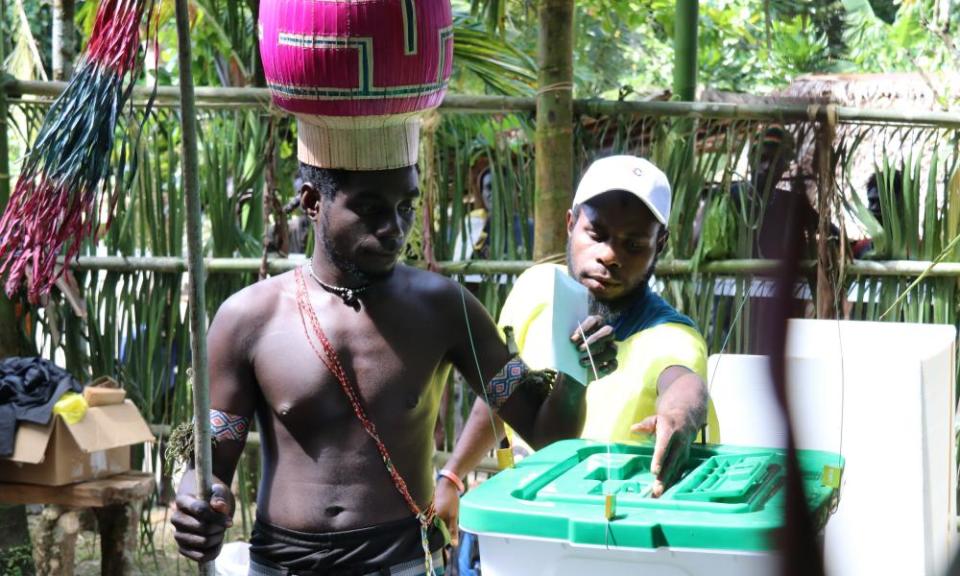Palace letters: Queen's secretary compared Bougainville's bid for independence to Scotland

The Australian governor general John Kerr warned the Queen that a plan for Bougainville independence was not lawful, was opposed by Australia and Rio Tinto copper interests, and would increase regional instability and force Australia to hand more financial support to Papua New Guinea.
The so-called palace letters, a trove of previously secret royal correspondence, shows the Queen’s private secretary Martin Charteris responded by comparing Bougainville to Scotland and its hopes that oil reserves could fund independence.
The documents released by Australia’s national archives shed new light on the royal attitude to the secessionist movement in Bougainville.
Momentum for Bougainville to secede from Papua New Guinea grew as PNG itself declared independence from Australia in 1975, while retaining the Queen as its monarch.
Related: The birth of Bougainville
The region is home to the vast Panguna mine, then the world’s biggest open-cut copper mine, owned by Bougainville Copper Limited, which then had Conzinc Rio Tinto as major shareholder.
Tensions over the mine would spark a bloody civil war that killed an estimated 20,000 people between 1988 and 1997.
On 19 August 1975, Kerr briefed Charteris on his “thinking” on the growing secessionist movement in Bougainville and a plan to secede unilaterally from PNG in September, the same month PNG secured its independence from Australia.
“This cannot be done legally,” Kerr wrote.
He said Rio Tinto was in favour of a “united Papua New Guinea”, though he said that may change if it deemed its long-term interests lay elsewhere.
Australia also had good reasons for opposing the secession, he said.
“There are good reasons from Australia’s point of view why a united Papua New Guinea would be desirable though achievement of this is probably not essential to Australia’s national interest,” he wrote.
“If Bougainville successfully secedes, Papua New Guinea would be weaker economically, and hence likely to be more pressing, so far as Australia is concerned, for economic support.”
“Bougainville secession would also increase the possibility of instability in Papua New Guinea in other areas.”
Kerr also lamented Australian aid cuts to PNG at the same time, saying they were “most unfortunate … on the very eve of independence”.
The Queen read Kerr’s advice, the letters show.
In replying to Kerr on 28 August 1975, Charteris compared Bougainville to Scotland and the way oil resources drove hope for Scottish independence.
He said the possibility of trouble was “disturbing” and that “we must hope that matters can at least be satisfactorily contained”.
Related: Bougainville referendum: region votes overwhelmingly for independence from Papua New Guinea
“I suppose copper stands to the Provisional Provincial Government of Bougainville as does oil to the Scottish Nationalist Party,” he said.
“It gives them at least the belief that they could stand on their own two feet and the wish to do so, so that they can keep the wealth of their territory to themselves.”
Charteris made it plain that Kerr’s advice on Bougainville had reached the Queen.
“The Queen has of course seen your letter and has read it with much interest,” he wrote.
The 1975 momentum for secession was dealt with by granting the region more autonomy.
The decade-long civil war led to further autonomy for the region, and last year it voted overwhelmingly to become independent from PNG in a non-binding referendum.

 Yahoo News
Yahoo News 